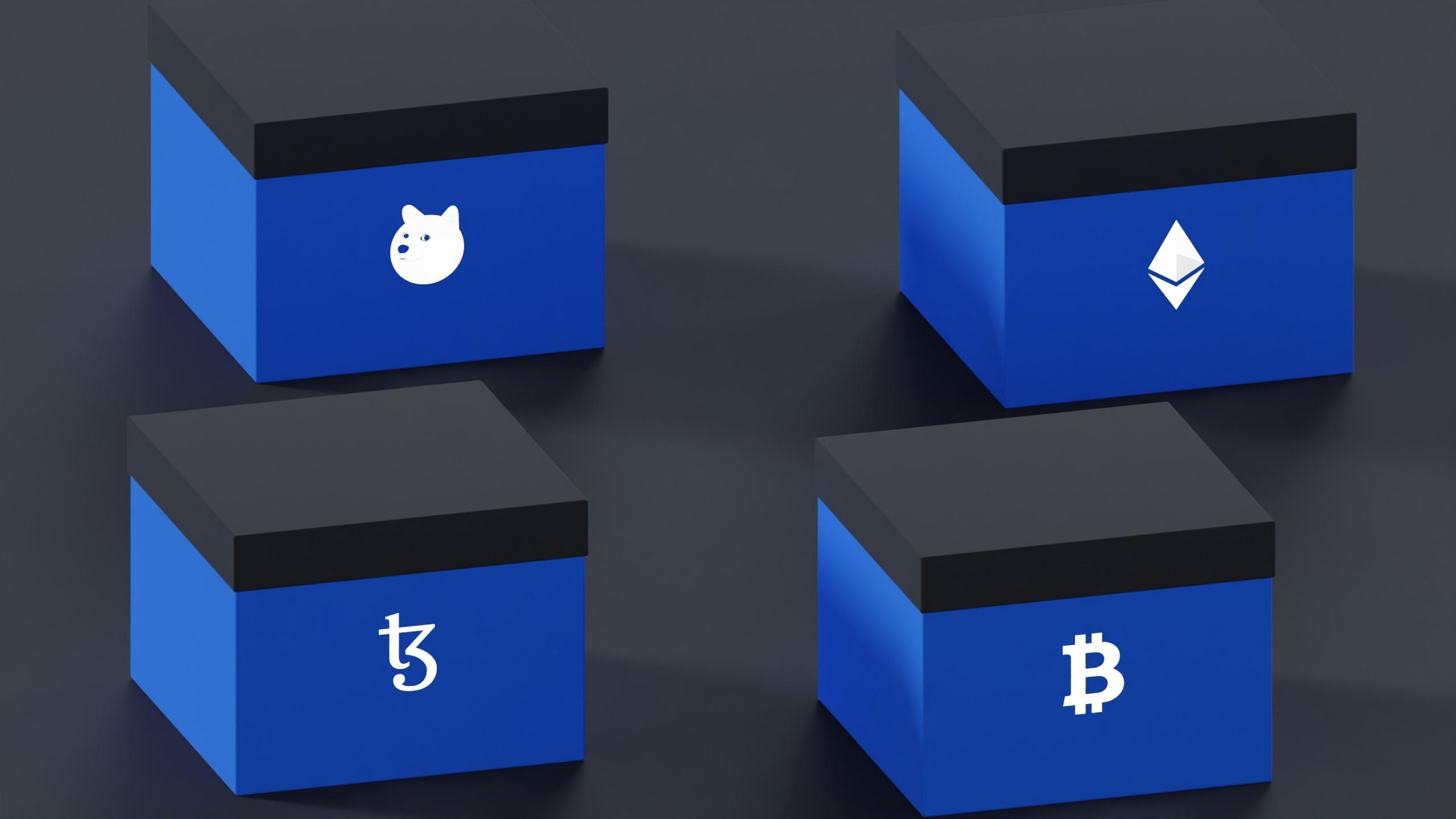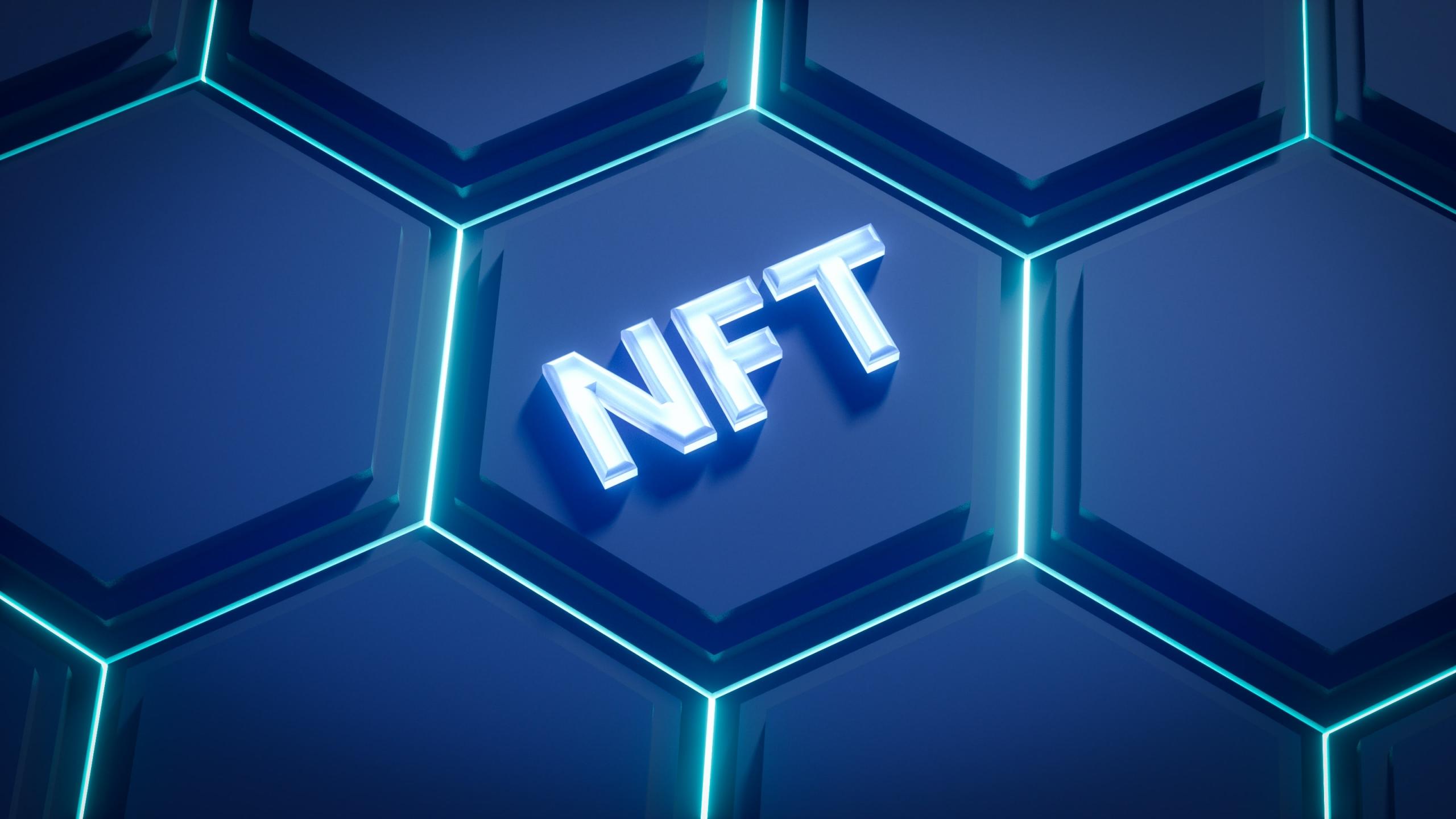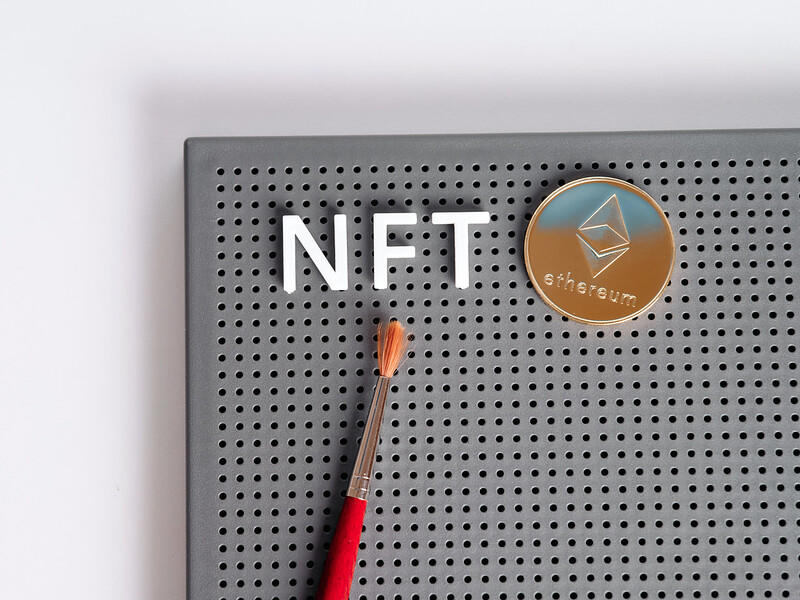Maybe you know that crypto and NFT are both associated with digital or technology-driven innovations, but do you know what differentiates them and how they link together?
It is very easy to think that they work the same way, but above and beyond their format and the application of blockchain technology, NFTs and cryptocurrencies are quite different.
While both are acquired through a ‘non-centralised’ form of investment, the biggest difference could be how NFTs are bought as collectables while cryptocurrencies are used as digital, financial currency to make purchases.
These concepts are however somewhat complex and this article will provide a simple explanation to help you understand these three concepts. Your new-found wisdom around these innovations might just provide you with the energy and inspiration to dive deeper into the world of digital currencies and NFT art.

Blockchain Technology Enables Cryptocurrency
In 2009, a visionary called Satoshi Nakamoto mined the first blockchain before mysteriously disappearing.
Known as the genesis block, it was the actualisation of the concepts he published in an earlier white paper and a solution to bring more security to electronic currency.
Technological advancements over the last couple of decades were exponential, and when it comes to the finance industry and the way currencies are managed, the trust in government and regulatory institutions started to deteriorate.
Some believe that the energy behind the the blockchain and Bitcoin movement was spurred on by the global financial crisis in 2008, but just like Satoshi the crypto movement's core objective was to take control away from financial institutions and put it into the hands of the younger tech-driven generation.
Satoshi's genesis block solved one of the main challenges they've always had with developing electronic currencies; the issues related to trust. The biggest concern was that the creators and hosts of the created currency might enrich themselves in the process, like historical ponzi schemes. The world needed a way to share the control around the currency and record transactions across a transparent network.
Blockchain removed central control of currencies, or assets, and created a system where the people who use it, collectively become the measure of control.
This means not one person, institution or government controls the system, but all the computers and buyers that participate. To have a better understanding, let’s look at a simplified definition of blockchain:
Blockchain is a system of recording information, like transactions, through a network of computer systems to make it almost impossible to hack or cheat.
This means that every transaction has a record on every computer on the block of that specific blockchain. Should a hacker try and tamper with one transaction, they’ll need to access every computer on the system, which is almost impossible and the reason why it's so secure.
Without blockchain, cryptocurrencies and NFTs would thus not exist and there are more exciting innovations tested and implemented daily on the back of this technology to prevent fraud. Some examples and concepts include digital voting, digital IDs and data sharing.

What is Cryptocurrency?
Cryptocurrencies are virtual currencies, tokens that are mined and minted through blockchain technology.
It is nearly impossible to counterfeit due to the protection of the blockchain network and many platforms are starting to accept and use crypto as a method of payment. Bitcoin was incredibly popular as the first major currency investment into cryptocurrency, but in the last year the number of cryptocurrencies doubled and it is estimated that there are around 12 000 cryptocurrencies at the moment in the market.
It is therefore important to do your research, become familiar with the marketplace and speak to well-informed financial advisors before you invest in crypto, Non-fungible Tokens or digital assets. You can also invest small amounts until you are comfortable with this investment model, but take note that currencies, and especially the new crytpo-currencies, are incredibly volatile which means an increased risk-reward trade-off than investments in traditional assets or artwork.
Governments are increasingly exerting pressure to strengthen the regulation and legislation of cryptocurrencies. They want to bring more stability and transparency to the trading thereof, but they also want to address the tax losses linked to unaccounted profits.
China recently placed a ban on services related to cryptocurrencies and the United States is aggressively working towards creating stablecoin regulation, a Federal controlled cryptocurrency that is digital, but more stable and safer for investors. Luna, South Africa’s biggest cryptocurrency exchange, speculates that more formalised regulation and guidelines will be implemented in South Africa towards the end of 2022.
Many people are still wary of cryptocurrencies and blockchain. They might think it is a waste of money, or potential Ponzi scheme and find it tricky to buy into the concept of not getting anything ‘physical’ in exchange for their hard earned money. There are however millions of individuals who are as confident in them as they are in today’s technologies and innovation. They find it easy to pay for digital items and services like an app or game and are usually intrigued by the concept of NFTs.

The Gaming Start of Non-Fungible Tokens
A non-fungible token is an investment in digital artwork. Using blockchain technology you’ll purchase a one-of-a-kind digital asset, a modern means of trading and investing in art today. It is sold and traded as an asset on an NFT marketplace, but unlike a crypto-currency, like Bitcoin or Ethereum, you gain ownership of an artwork that will always remain in cyberspace.
If you buy an NFT, it is exclusively yours as proved by an encrypted certificate of ownership.
In 2014, the first non-fungible token was minted and sold for $4 at a live conference event, an even though this amount is minimal, it was the catalyst to swing interest towards NFTs and their development. Various tech start-ups launched NFT projects in the years that followed, but NFTs only become popular to the general public in 2017 when gamers migrated to the unique NFTs they can acquire to enhance their gaming experience.
The concept of buying a game add-on or character was not new, but Cryptokitties made this process endearing and engaging, attracting gamers to buy avatars with items and accessories of all kinds. Essentially kicking off the NFT concept, it was a movement that was also more popular under a community who already trusted blockchain and traded in crypto-currency.
Blockchain gaming became incredibly popular, so much so that when games hopped onto the blockchain wagon they jammed networks. It enabled game players to customise and accessorise their characters, giving them the uniqueness they seek, especially with modern net play and online chatting capabilities.
Since then NFTs have grown into a global phenomenon with celebrities, startups and billionaires all on-board. Wealthy investors today trade and invest in content they view as assets, unique digital art pieces and avatars that are traded for millions of dollars.
Are you an artist interested in creating and listing your own art?
Do you want to take your first step into the world of crypto and NFT? Artists can can use an NFT marketplace to sell their work and you can learn about NFT development in this linked article.
NFTs made the acquisition of items and characters in games more transparent and fair. Historically, hackers could give their characters a competitive advantage over other players, but with blockchain this is not possible anymore. NFT gamers now continue to delight themselves through enhanced gaming experiences, creating popular gaming personas in an environment of opportunity for competitive playing with earning revenue potential for artists and players alike.

Different Forms of Digital Art
NFT purchases are certainly not only exclusive to game items and a wide variety of digital content gets minted to become assets nowadays. Artists manage to sell unique tokens for an audio, image, meme, video or GIF, uniquely encrypted and mined through blockchain technology. Buyers might not have a physical art-piece in their hands, but they will have confirmed proof of ownership of a unique digital art-piece.
Digital art enthusiasts and celebrities started seeing the value in owning unique avatars and started to add them to their social media accounts. CryptoPunks and Bored Ape Yatch Club are some of the most valuable NFTs on the market today.
With 10 000 CryptoPunks on the market, they still manage to sell for around $181 000 (69.95 ETH). Bored Ape Yatch Club attracted the interests of celebrities like Eminem who made an NFT purchase of 123.45 Ether (approximately R6.6 Million).
Trading in NFTs happens in digital cryptocurrency and the most popular for NFTs is Ethereum.
Exclusively created digital art pieces are also popular NFTs. Beeple has an art piece called ‘Everydays – the First 500 days’ which sold for a whopping $69.3 million and many famous artists want to have more control of their art by entering the NFT market.
This article will help you if you want to become an NFT creator yourself.
Joining a Community
Getting into the NFT market means you’ll have to join the crypto community, who shares a passion for blockchain technology, by buying your own cryptocurrency. Investors need cryptocurrency, like Ethereum, to buy a video or image asset, while an artist who lists work can only get paid in cryptocurrency.
Becoming involved with the community will not only provide more clarity around how it works, you’ll also be one of the first to hear about new and exclusive artworks. Similar to physical art there are certain aspects that contribute to the perceived value of an NFT. You’ll have to learn what makes a valuable NFT and how to spot it early enough to ensure your asset investment grows after your purchase.
The crypto community believes they are edgy rebels who like to challenge the status quo. They always try and find better ways of doing things and welcome those who embrace liberating philosophies and beliefs.
Entering the world of crypto and NFTs is exciting and ever-changing. You could land an image that makes you a million, create a video that someone buys for Ethereum or simply play games in new and exciting ways.
The power is now in your hands to discover, learn and start your NFT journey.















